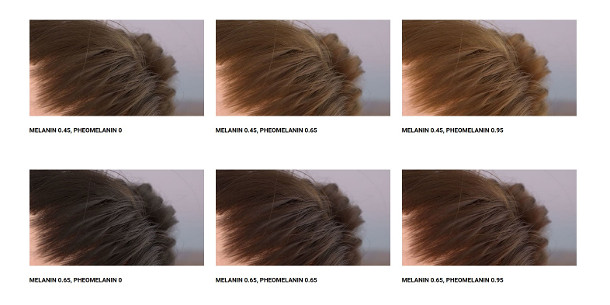Chaos Group releases Beta 2 of V-Ray Next for 3ds Max
Chaos Group has released the Beta 2 of V-Ray Next for 3ds Max, the next major update to the renderer, integrating Nvidia’s OptiX denoiser and adding support for volumetric rendering in V-Ray RT GPU.
Support for AI-based real-time denoising with OptiX
First unveiled last year, V-Ray Next – it’s effectively V-Ray 4.0 under a new codename – is a major overhaul of the software’s two-decades-old code base.
But while a key objective is to free future development of core tools from the limitations imposed by coding choices made when those tools were originally created, it does also introduce new features.
In Beta 2, that means Nvidia’s AI-accelerated OptiX render denoising technology, here introduced as an alternative to Chaos Group’s own denoising system.
In this blog post, Chaos Group Labs director Christopher Nichols describes the choice between the two denoising systems as, essentially, between speed and accuracy.
OptiX isn’t as accurate as the original system, but calculates in real time, providing a workable ‘best guess’ at the denoised image when working interactively inside V-Ray, as opposed to during final-frame rendering.
And obviously, being Nvidia technology, to use OptiX denosing, you’ll need to be using an Nvidia GPU, whereas the native system works on any hardware.
Support for GPU-accelerated volumetric rendering in V-Ray GPU
Beta 2 also extends GPU rendering, with interactive render engine V-Ray RT now renamed V-Ray GPU and gaining support for volumetric rendering and V-Ray Next’s new smart adaptive dome light.
Other changes include Cryptomatte support in DWA compressed OpenEXR files, and a button to transfer settings generated by V-Ray Next’s new automated exposure system to the scene camera.
There is also now support for V-Ray’s native VRayLight area light’s within the V-Ray Light Lister, and support for 3ds Max’s native XForm modifiers when working in volumetric render mode.

A detailed look at V-Ray Next’s new VRayMtl2 hair shader
And although it was introduced in the previous beta – it gets a fix this time round to speed up rendering of hairs with opacity – Christopher Nichols has written a nice post on V-Ray Next’s new hair shader.
Based on work done by Disney Research, the new VRayHairMtl2 material implements a more physiologically realistic model of hair shading, with sliders to control melanin, hair’s natural pigment.
It also introduces a new model for handling specularity, making it easier to achieve realistic glossiness.
Pricing and availability
V-Ray Next Beta 2 is available to users of V-Ray 3.x for 3ds Max. You can apply to join the beta here. Chaos Group says that more new features will be rolled out in future beta releases.
The current release of the software, V-Ray 3.6 for 3ds Max, is available for 64-bit 3ds Max 2013 and above. New licences start at $1,040 for one floating user licence and one floating render node licence.
Read a full list of new features in V-Ray Next for 3ds Max Beta 2 in the online changelog
